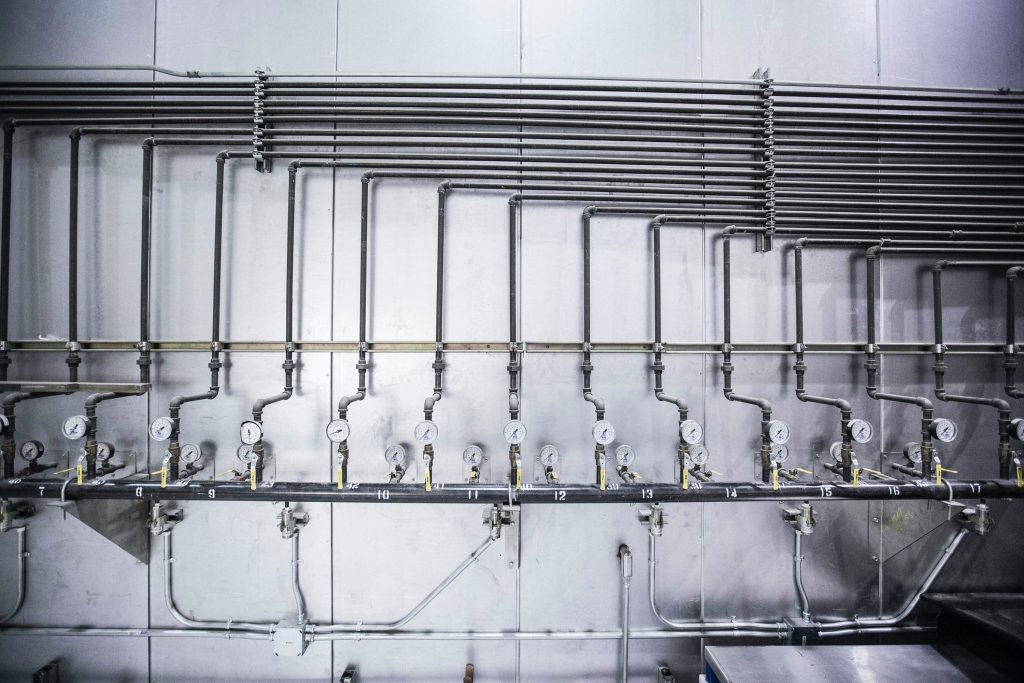Fixing a leaky faucet is a task that can be done by anyone with basic plumbing knowledge and tools. It’s important to turn off the water supply before starting any repairs and to determine the type of faucet you have. From there, you can disassemble the faucet, replace the damaged parts, reassemble the faucet, and test it for leaks. With these steps, you can save yourself money on your water bill and help protect the environment by preventing unnecessary water wastage.
Plumbing technology has evolved significantly over the years, from the development of the first indoor plumbing systems to the modern-day smart plumbing solutions. Innovations in plumbing technology have enabled us to have access to safe and clean water, efficient drainage systems, and more sustainable water usage. In this article, we will explore some of the significant innovations in plumbing technology and how they have changed the way we live and work.
Once you have replaced the damaged parts, it’s time to reassemble the faucet. Start by putting the stem back in place and tightening the nut. Then, reinstall the handle and turn on the water supply. After you’ve repaired the faucet, inspect the surrounding pipes and connections for any other leaks. Sometimes a leak in the faucet can cause other leaks to occur. If you notice any other leaks, repair them as needed.

Low-flow showerheads are designed to use less water than traditional showerheads without sacrificing water pressure. These showerheads can reduce water consumption by up to 50% while still providing a satisfying shower experience.
Water-saving fixtures are one of the most significant innovations in plumbing technology. These fixtures use less water than traditional fixtures without compromising performance.
Low-flush toilets are another water-saving innovation that has gained popularity in recent years. These toilets use significantly less water than traditional toilets, which can save up to 18,000 gallons of water per year for a family of four.
Smart plumbing systems are another innovation in plumbing technology that is gaining popularity. These systems use sensors and automation to detect leaks, monitor water quality, and control water usage. Here are some examples of smart plumbing systems:
Faucet aerators are small devices that attach to the end of a faucet to reduce water flow. These devices can reduce water consumption by up to 50% without compromising water pressure.
Leak detection systems use sensors to detect leaks in plumbing systems. These systems can notify homeowners or building managers of leaks in real-time, which can help prevent water damage and reduce water waste.
Water quality monitoring systems use sensors to monitor the quality of water in plumbing systems. These systems can detect contaminants, such as lead, and notify homeowners or building managers when water quality is compromised.
Remote control and automation systems allow homeowners or building managers to control plumbing systems from their smartphones or computers. These systems can control water usage, monitor water quality, and detect leaks from a remote location.
